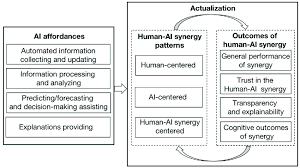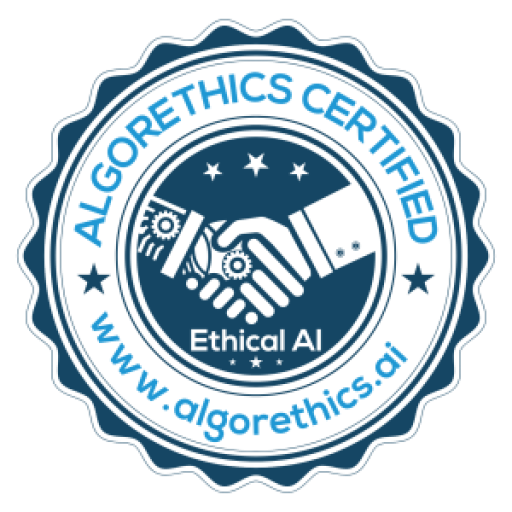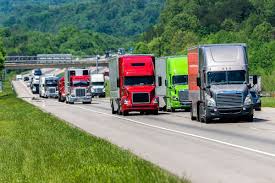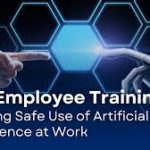AI can identify when a driver runs a stop sign. It’s a powerful tool that can help fleets identify risk and improve safety.
But it has its shortcomings. That’s where human intelligence comes in.
AI is the buzzword right now across all industries, but in trucking, relying solely upon AI could mean the difference in life and death, said Sean Ritchie, vice president of sales and solutions engineering at Solera Fleet Solutions, during a recent Truckload Carriers Association webinar “Fleet Safety: The Human + AI Synergy” that focused on video-based safety solutions and the importance that the human element continues to play amidst the development of AI in dash camera solutions.
“The reality is that today there are deficiencies and gaps in that kind of technology … AI only solutions cannot identify all potential risk in a video … With an AI only solution, you will have a certain percentage of videos that are just falsely triggered by the AI,” Ritchie said. “You need that human intelligence to help you really accomplish your goal: getting the driver home safely to their family.”
It’s the combination of artificial intelligence and human intelligence that creates what he referred to as “totality of risk” identification.
That’s why Solera has a human intelligence center where analysts, who are trained to identify 80 individual elements of risk based on collaboration with its customers, review videos triggered by AI to determine if risk is truly evident.
With AI-only solutions, videos presented to the fleet are tagged with whatever the AI trigger was, like running a stop sign. The context – whether it’s smoking, drowsiness or speed, for example – isn’t there. Or maybe the AI is triggered because a driver unexpectedly changes lanes. The human element gives context to that event. Maybe the driver was following too close, or maybe he was cut off by another driver.
Maybe the driver ran the stop sign because there was a police officer there waving him through because of construction, said Jeff Griswold, Solera’s vice president of product management. It becomes unnecessary for the fleet to review the video and coach the driver, saving time. But if there is no exception, the analyst will identify what led to the driver’s failure to stop, pinpointing the root cause and injecting that into the workflow for the customer so they can work with the driver to improve safety.
Griswold said that’s the value of the human intelligence layer, being able to identify a broad spectrum of risk without relying solely on triggers, inputs or data and doing so in an unbiased way that takes the responsibility off the shoulders of the customer. He said Solera analysts have no stake in who the driver is; they assess every event the same way based on the same criteria.
“If you take a video event and you give it to five people in a company, you’re going to come up with different perspectives on the risk that is identified in that video,” he said. “That time is better spent focusing with the drivers on improving their skills than trying to determine whether or not there are skills to improve … without having to add personnel to their fleet to watch the video.”
“If I’m a hazmat carrier, my drivers may not smoke, period. If smoking risk is identified, I’m going to work with the driver. If I’m a fleet that has independent contractors or owner operators with their own trucks, they can smoke all they decide; I’m not going to coach on that risk,” he said. “Smart Drive – the system we have in place – does the work for you … and helps you insert it into workflows based on your preferences as a company.”
Roughly 80% of the risk within a fleet is represented by only about 20% of the drivers, he said, if fleet safety leaders can focus on improving those 20% of drivers, they can mitigate most of the risk within their fleet.
The challenge of an AI-only solution is those safety leaders waste time looking at videos triggered by AI that don’t actually contain risk.
“These are also known as false positives. That’s a real problem,” Ritchie said. “For every second they are not looking at a video with risk on it is a second that’s not being spent looking at a video with risk. As you amplify that over the scale of an entire fleet, it creates an extraordinarily dangerous waste of time.”







